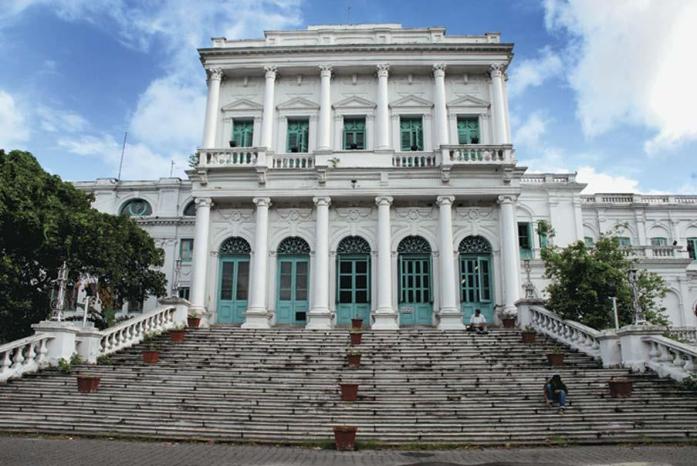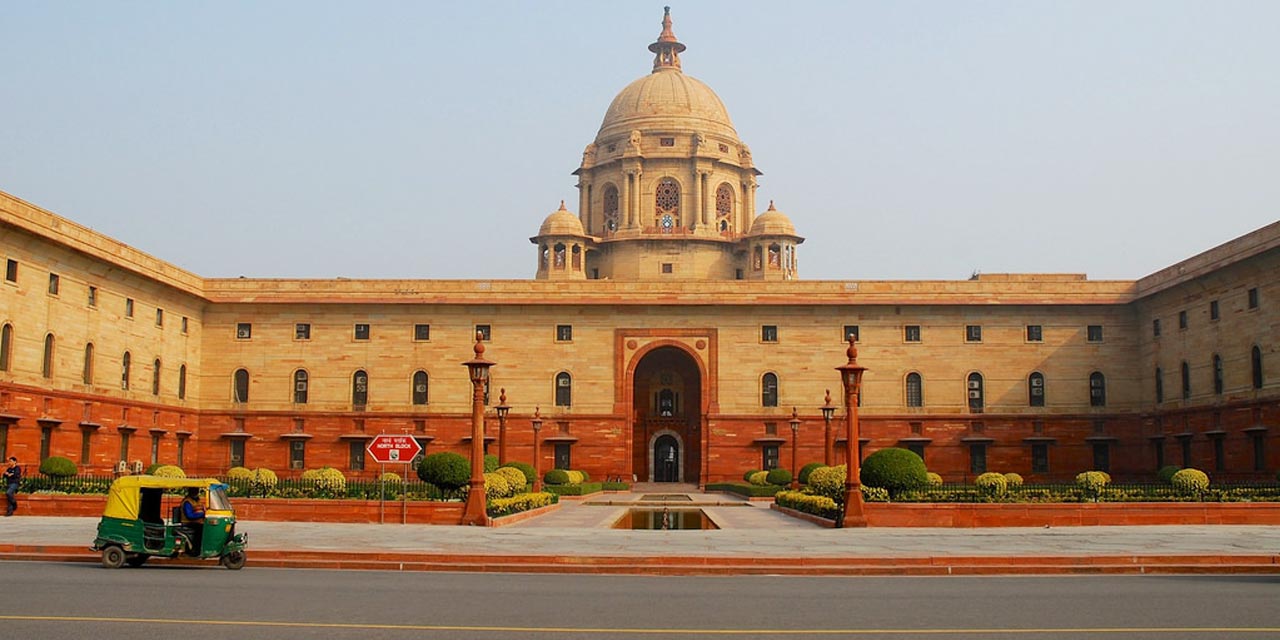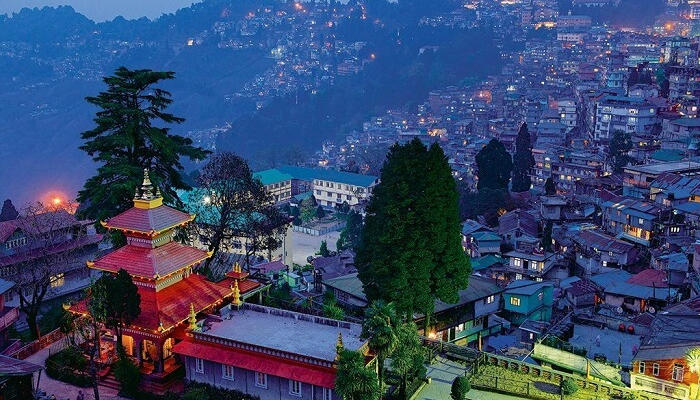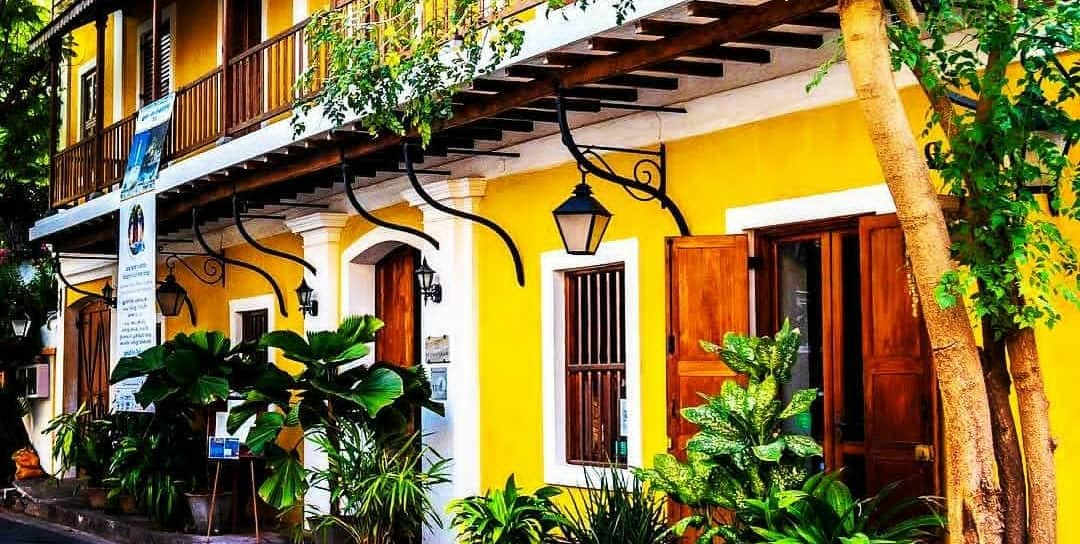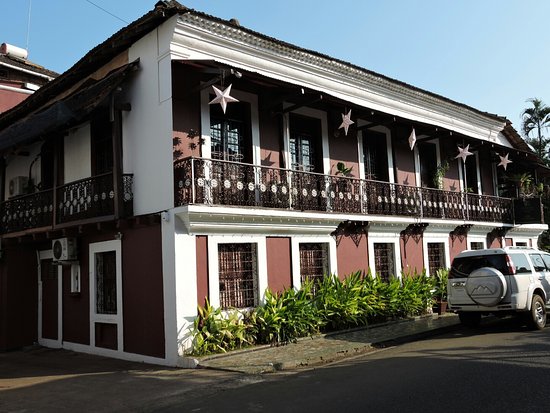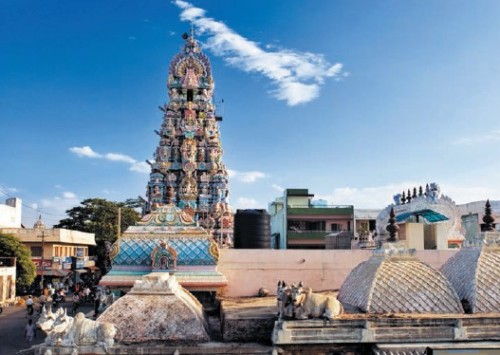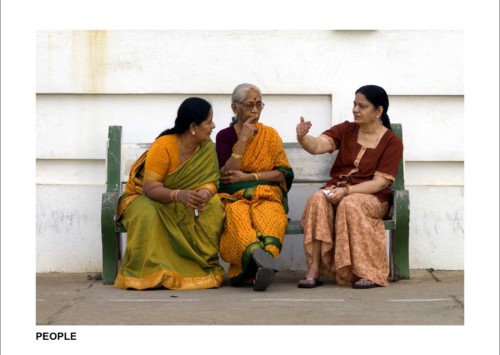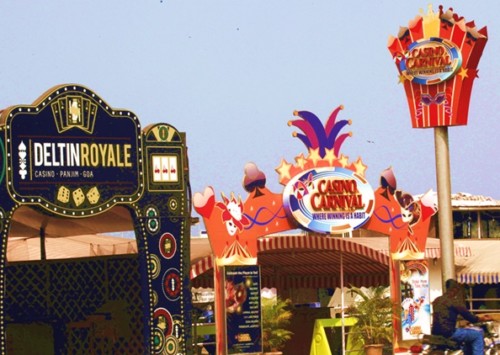Colonial heritage cities in India
Besides the British, India has seen several other colonial powers and each left its mark through buildings, and structure. Thus different cities in India bear the hallmark of each of these European nations.
Though the British colonial rule ended in 1947 and the French and the Portuguese left within a few years later, the former colonial powers left behind several buildings and structures that make certain cities in India heritage cities. Today, these cities act as a gateway into the days gone by. Humongous structures, romantic artwork, imposing towers make these building and the city in general truly unique. Cities like Kolkata, Delhi, Chennai, Mumbai, Panaji and Puducherry have been considered heritage cities. These are the top six cities if someone wants to travel back in time:
Kolkata
The earlier capital of colonial India, Kolkata or Calcutta as it was called is filled with structures and buildings that date back to the 19th century or earlier. The primary attractions of Kolkata include the Victoria Memorial, St. Paul’s Cathedral, National Library, the Marble Palace, and Princep Ghat. A walk through the city reminds the tourists of its rich history and culture that not only dates back to its colonial days but even earlier. Colonial heritage structures are so ingrained that there are several houses, primarily found in older parts of the city or northern Kolkata, that date back to the colonial days. Kolkata has served inspiration for many poets, artists, and writer who want to live the history and seek inspiration from it.
Delhi
In the years leading up to and after 1911 as the British moved their capital from Kolkata to Delhi, the city witnessed frenetic construction activity as a sea of new structures came up, mirroring the colonial style. Some of its primary examples are the Rashtrapati Bhavan, the Lok Sabha, the Rajya Sabha, the Mughal Gardens, the Prime Minister’s Residence and many more. Earlier, Delhi was stamped primarily by Mughal architectural style of domes, intricate tile work, and lush gardens, but after the British, the architectural style shifted to pillars, long corridors and structured buildings rather than romantic looking structures.
Shimla
The quaint little town of Shimla tucked in the heart of Himachal is the perfect retreat for someone who is seeking to live in the bygone era. The entire town looks like it came out of an English storybook, churches, mall road, cobblestone path, slanted roof, wooden buildings, toy trains, all add to the charm of this town that served as the summer capital of the British Raj. Staying in Shimla feels like stepping back in the 1920s. The town though has modernised, the soul remains the same. One can still imagine parties being held at the club, or still get a sense of history in the quaint bakeries.
Darjeeling
Similar to Shimla, this is another town which is still stuck in the 1920s, quaint bookstores, large mall roads, small bakeries, boarding schools, and the mountains surrounding it. Darjeeling takes the visitors back to simple days. Glenary’s, a heritage bakery is a must-visit while in Darjeeling. The boarding schools, the library, all adds to the charm of the quaint little town that has been a favourite of the British.
Puducherry
This port town, about 120 km south of Chennai served as the capital of the French colonies in India and even today, it reflects the French style of architecture as well as culture. Romantic buildings, cobblestone path along the sea, long balconies and small bars and café, Puducherry, then known as Pondicherry makes visitors fall in love with the architecture, people, food, music and soul and that forces visitors to come back for more every time.
Panaji
Glorious whitewashed church lords over the glorious city centre, grand colonial-era buildings rub shoulders with arty boutiques, and a broad boulevard skirts around the river old-school bookshops, mall roads. With romantic buildings and narrow streets in the old Latin Quarter of Fontain, this quaint town looks like a dream and a reminder of the golden days. Portuguese heritage mixed with Indian culture makes Panaji an experience, travellers don’t usually forget.


